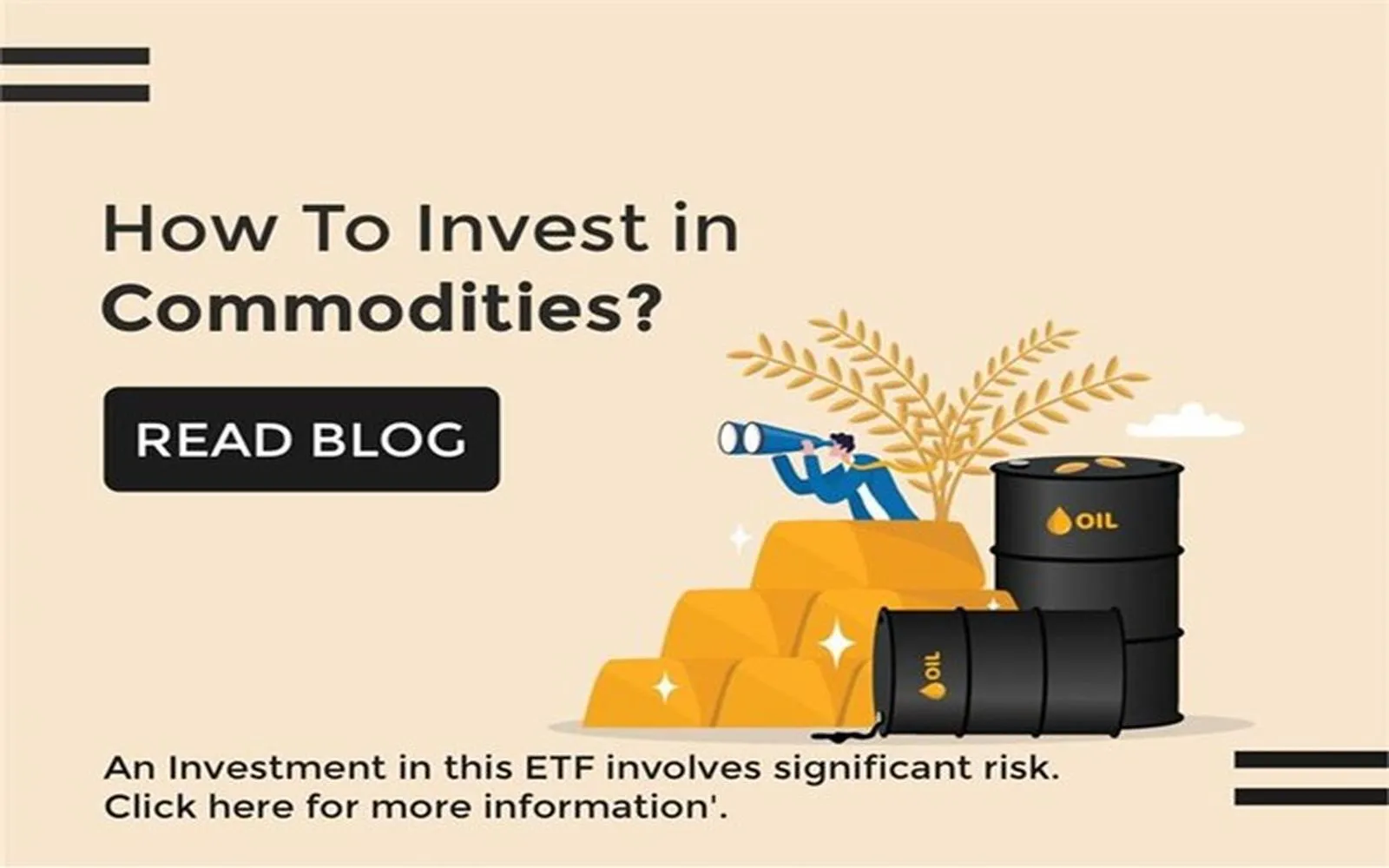Natural gas has emerged as a pivotal player in the energy market, particularly in the United States. With its abundant supply, cleaner-burning properties compared to coal, and the ongoing energy transition, investments in natural gas are gaining momentum. In this article, we will explore the top energy investments in natural gas this year, examining key companies, emerging technologies, and market trends that are shaping the future of this essential resource.
1. Major Natural Gas Companies to Watch
Several companies are at the forefront of the natural gas investment landscape in the U.S. These major players are investing heavily in infrastructure and technology, ensuring they remain competitive in this rapidly evolving market.
ExxonMobil continues to lead the charge with its substantial investments in natural gas production. The company has focused on expanding its operations in the Permian Basin and the Haynesville Shale, which are both rich in natural gas reserves. Their innovative extraction techniques and commitment to reducing emissions make ExxonMobil a key player this year.
Cheniere Energy is another company to keep an eye on. As the largest exporter of liquefied natural gas (LNG) in the U.S., Cheniere has invested significantly in expanding its LNG facilities. This year, they are expected to enhance their export capacity to meet growing global demand, particularly in Europe and Asia, where natural gas is increasingly sought after as a cleaner alternative to coal.
2. Emerging Technologies in Natural Gas
Investments are not limited to traditional gas extraction and production; innovative technologies are also shaping the natural gas sector. One notable trend is the development of carbon capture and storage (CCS) technologies. Companies like Occidental Petroleum are investing in CCS to mitigate the environmental impact of natural gas production. By capturing carbon emissions and storing them underground, these technologies can help transition the industry towards a more sustainable future.
Furthermore, advancements in digital technologies are revolutionizing how companies manage their natural gas operations. The use of data analytics and artificial intelligence can optimize production processes, reduce costs, and improve safety measures. Companies investing in these technologies are likely to gain a competitive edge in the market.
3. Market Trends Influencing Investments
The natural gas market is influenced by various factors that drive investment decisions. One of the most significant trends is the increasing demand for natural gas as a bridge fuel in the transition to renewable energy sources. As more states commit to reducing carbon emissions, natural gas is seen as a necessary resource to support this shift while ensuring energy reliability.
Additionally, the ongoing geopolitical tensions, particularly between Russia and Western nations, have led to a surge in demand for U.S. natural gas exports. European countries are seeking to reduce their dependency on Russian gas, which has resulted in increased investments in U.S. LNG facilities. This trend is expected to continue, making it a critical area for investors to focus on this year.
4. Investment Opportunities in Natural Gas ETFs
For investors looking to diversify their portfolios, natural gas exchange-traded funds (ETFs) offer a great opportunity. These funds allow investors to gain exposure to a broad range of companies involved in the natural gas sector without having to pick individual stocks. Some top ETFs to consider include:
- United States Natural Gas Fund (UNG): This ETF tracks the performance of natural gas futures contracts, making it a direct play on natural gas prices.
- SPDR S&P Oil & Gas Exploration & Production ETF (XOP): While focused on the broader oil and gas sector, this fund includes many companies heavily invested in natural gas production.
- Invesco Dynamic Energy Exploration & Production ETF (PXE): This ETF invests in companies involved in exploring and producing energy resources, including natural gas.
5. Conclusion: The Future of Natural Gas Investments
As we move further into 2023, the prospects for natural gas investments remain robust. With major companies enhancing their production capabilities, innovative technologies emerging, and a favorable market landscape, there are numerous opportunities for investors. The increasing global demand for cleaner energy sources and the role of natural gas as a bridge fuel ensure that this sector will continue to thrive.
Investors should keep a close eye on the developments within the natural gas market, as well as the companies and technologies that are poised to lead the charge in the coming years. By strategically positioning themselves within this dynamic landscape, investors can capitalize on the potential for growth and profitability in the natural gas sector.
Chart: Natural Gas Production Forecast 2023
| Month | Production (Billion Cubic Feet per Day) |
|---|---|
| January | 98 |
| February | 95 |
| March | 100 |
| April | 99 |
| May | 101 |
| June | 103 |
By focusing on these key areas, investors can navigate the complexities of the natural gas market and make informed decisions that align with their financial goals.









